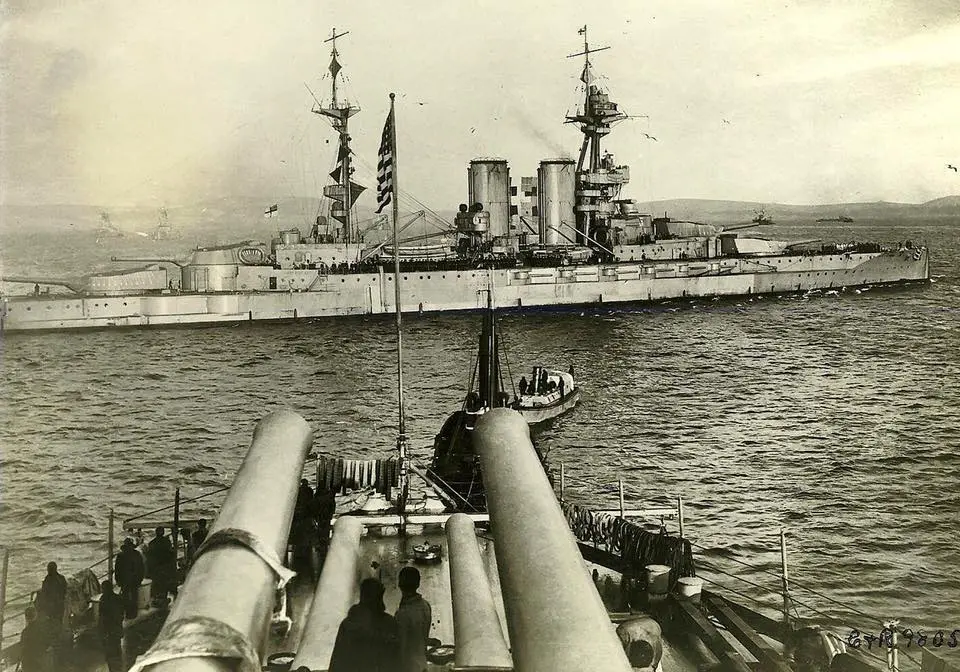The Scuttling of the German Fleet: 2019 Summer Exhibition at the Orkney Museum. Panel 1, Part 3. The Armistice



The Armistice
The guns fell silent on the Western Front at 11.00am on Monday 11th November 1918, but this was not the end of World War I. What the Allies had agreed with Germany was an Armistice – a ceasefire while peace talks were held. In the terms of the Armistice, Germany had to dismantle its ability to wage war.


Among the terms of the Armistice were:
- The withdrawal of all troops from Belgium, France and the disputed territory of Alsace-Lorraine, as well as withdrawing to its former boarders in the east.
- The occupation of the left bank of the Rhine and the right bank from 30-40 kilometres deep. Occupying troops to be maintained by Germany.
- The occupation of coast defence forts on the Kattegat and the clearing of mines.
- The unconditional surrender of territories in East Africa.
- The return of looted valuables.
- The immediate release of Allied prisoners of war. (No German prisoners were to be released before the signing of the peace treaty.)
- The surrender of 5000 cannon (chiefly heavy), 30,000 machine guns, 3000 trench mortars and 2000 planes.
- The surrender of 5000 locomotives, 150,000 railway coaches and 10,000 trucks.
- Surrender of all 160 U-boats (although more than 200 would surrender), 8 light cruisers and 6 Dreadnoughts; the rest of the fleet was to be disarmed and controlled by the Allies in neutral or Allied harbours.



It was this last demand that saw 74 ships of the German High Seas Fleet (Hochseeflotte) interned by the Allies. They were considered a squadron of the High Seas Fleet and referred to by their commanding officer, Rear Admiral von Reuter, as the ‘Interned Squadron’. These ships had not been surrendered. They had merely been handed over as security by the German Government throughout the period of the Armistice.

